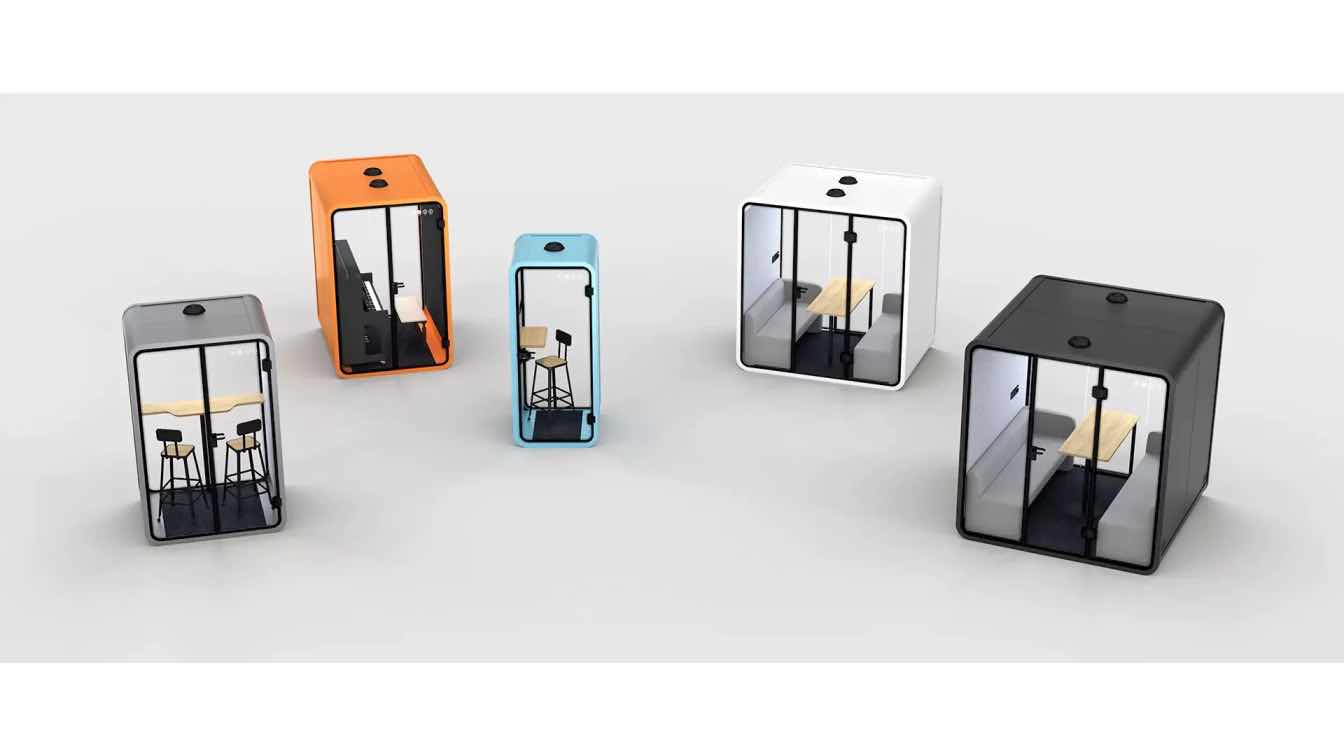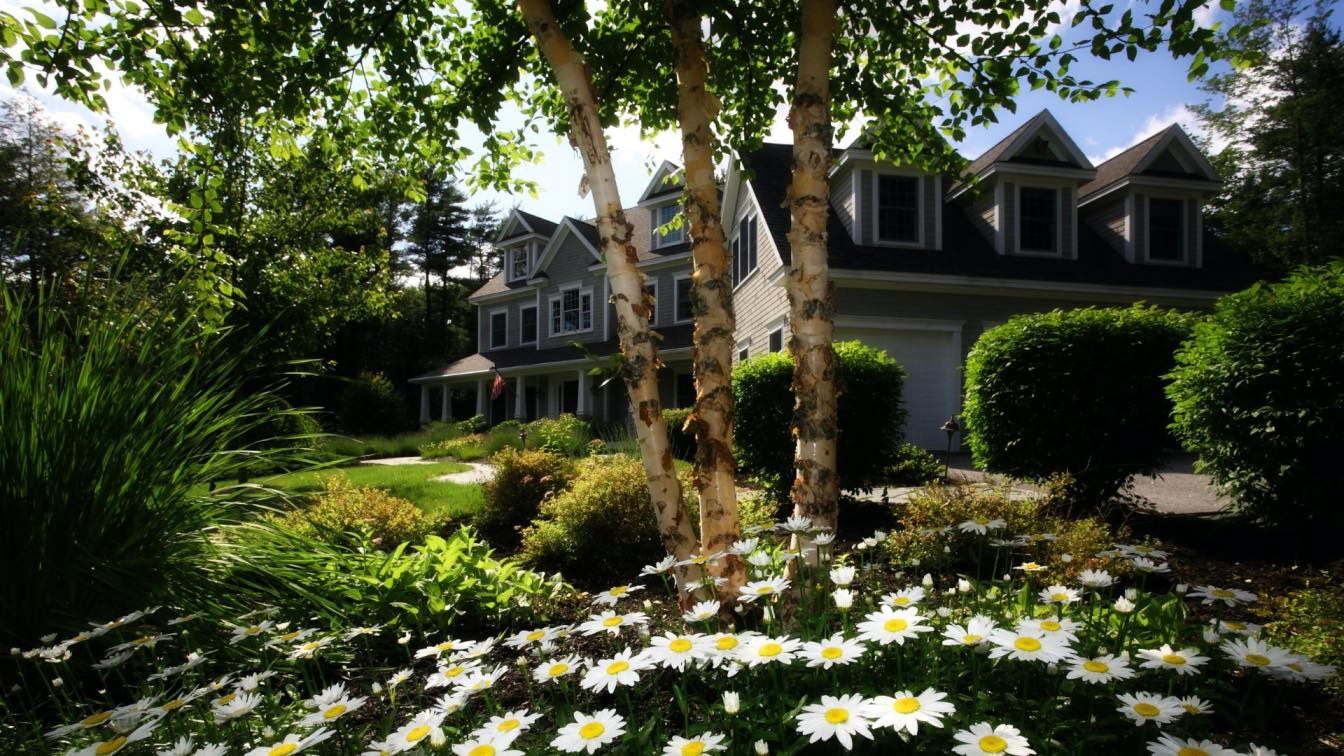A home is often used as a synonym for a place where we can feel at peace with ourselves, the world, and the universe. It’s the one place we can truly feel “at home”, so it makes sense that we’d do everything we can to create a space that oozes with tranquility and harmony.
 image © Inside Weather
image © Inside Weather
The process starts with making the right decor choices, and one of the most popular interior design trends that are taking over is called wabi-sabi, a style that is all about achieving harmony, balance, and inner calm. The best part? It’s quite attainable, so you should have no trouble incorporating it into your home design.

image © McKinsey
The essence of wabi-sabi
Let’s start by explaining the essence of wabi-sabi. A term originating from Japan, wabi-sabi is a Japanese concept that emphasizes the importance of finding beauty in imperfection. It’s a response to the lavishness and over-ornamentation in interior design, so it doesn’t come as a surprise that it’s characterized by qualities that are the exact opposite – qualities such as roughness, austerity, simplicity, and modesty.
The concept itself calls for rediscovering the simple pleasures of life and developing deeper connection with the earth, and the idea is to create a home that oozes with tranquility and peace by designing with simplicity in mind. The simplistic and calm nature of wabi-sabi makes it the main ingredient in Japandi style, which essentially combines East Asian aesthetics with Scandinavian design. While it may take time to go into such an abstract idea as wabi-sabi philosophically, giving your home the lived-in, cozy vibe wabi-sabi is known for can be simple if you follow a few rules.
Getting back to basics
Wabi-sabi is all about simplicity and minimalism, and the best way to introduce this style into your home is to scale down your possessions and really try to get back to basics. Start by decluttering your home from items you don’t need or use. You can try some of the methods used by the Japanese organizing consultant, Marie Kondo, only keeping items that you associate with efficiency, harmony, or nostalgia. Think about each item as you clear out the clutter and ask yourself whether it “sparks joy”.
After making some room, make your functional items (chairs, tables, sofas) your central elements, leaving an abundance of negative space in the process. Create a blank canvas by surrounding yourself with a neutral color palette – you can easily draw some inspiration from nature itself. Finally, go for natural materials such as wood, concrete, marble, stone, bamboo, and rattan – they’ll help you achieve the minimalist aesthetic and flair and create the perfect backdrop when the time comes to accessorize.
 image © Christopher Burns
image © Christopher Burns
Combining wabi-sabi charm with homely accents
After designing a space that is pared-down, functional, and practical, you want to infuse it with some homely accents that will give your home the much-needed warmth and help create a cozy vibe. Accessories are essential as they keep all the elements together while also giving you an opportunity to show your creative side.
Homely accents such as family photos and pictures are great for adding warmth to a wabi-sabi style, so try to add a couple of pieces of decor that are personal and have a deeper meaning to them. Decorating your home with customized decor pieces such as canvas print with family names is a great way to add personal touches to an otherwise minimalist design without going overboard. The same goes for homemade decor and artisanal accents – incorporate them in small doses, enough to warm up the room and give it that feeling of authenticity. Just make sure to base your decor choices on your intuition. After all, your home should be a reflection of what you love, and if you choose from the heart, you can’t go wrong.
 image © Sanibell BV
image © Sanibell BV
Bringing nature inside
Speaking of surrounding yourself with good vibes and things that bring you joy, there are few things that are as beautiful and perfectly imperfect as nature itself. Natural elements and materials help us establish a stronger connection with Mother Earth and live more in line with our surroundings, which is the essence of wabi-sabi interior design style.
To infuse your living space with natural elements, try to decorate with indoor plants. Anything from potted houseplants to branches and sticks in vases to acorns in bowls will do the trick here. The key is to avoid overdoing it. Everything should feel loose, natural, and easy-going.
Embracing imperfections
Celebrating authenticity is key in wabi-sabi, and embracing imperfections plays an important role in the design process. Whether we’re talking about floorboards that are distressed or a sofa that is worn-out, it is these imperfections that give items that authentic feel, so why not mold them into your aesthetic?
Instead of replacing the old items, wabi-sabi focuses on finding beauty in what’s seemingly flawed or imperfect, ultimately encouraging a sustainable approach to decorating a home. It’s all about allowing the items to age with grace and appreciating the beauty that comes over time.
Wrapping up
While getting a grasp on the philosophy of wabi-sabi is not an easy feat, adopting this Japanese aesthetic in your home isn’t as complex. If you give it some thought and follow the tips above, you can adopt the wabi-sabi style in your home and bring more balance and harmony into your life.





